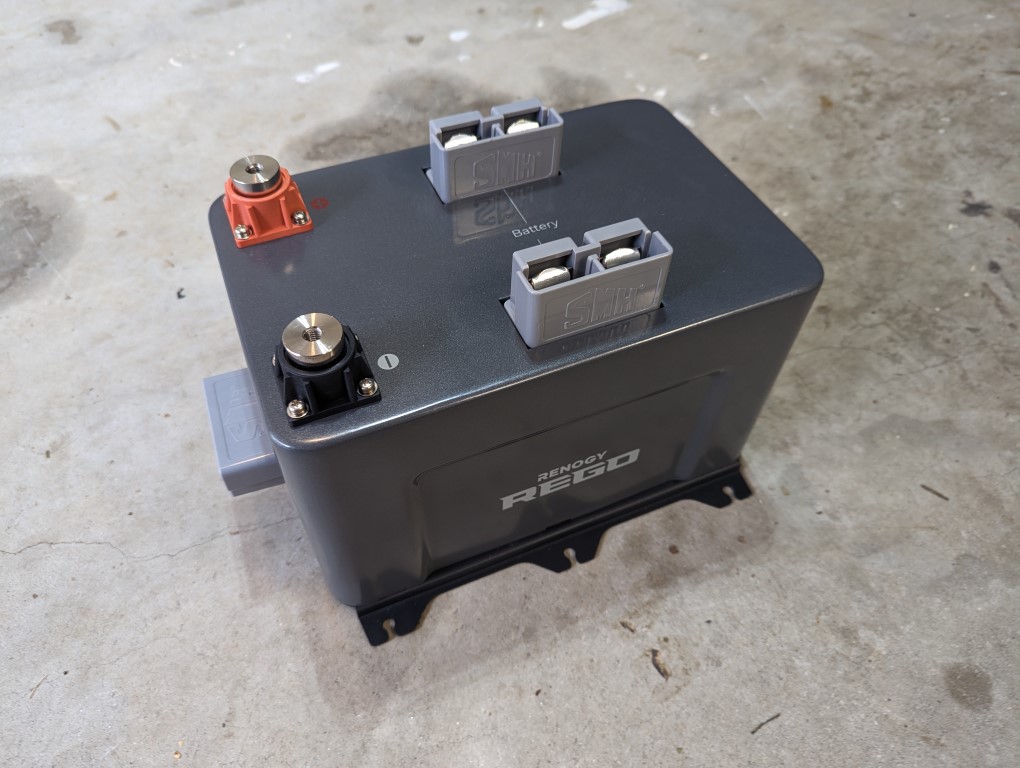If you’re interested in going off-grid, I have good news. That task has gotten progressively easier over the last few years. Not too long ago, designing and building a solar electrical system required a fair amount of knowledge and comfort working with wires and electricity. You had to perform tasks like tinning wires and understand equipment like shunts (I’m not going to describe those here because you don’t need to know what they are now!).
Don’t get me wrong, there is still some work to be done if you want to make sure you are getting the right sized system. This involves calculating your electrical needs and the amount of power you can collect, but even that isn’t too hard if you follow a guide like our Tiny House Solar Guide.
There are two developments that are making going solar easier, specifically plug-n-play systems, as well as the creation of larger power stations.
Plug-n-Play System
While traditional solar systems require working with a lot of wires, newer plug-n-play systems have simplified this by pre-wiring up some of the more complicated sections of a system and then providing pluggable interfaces between them and the other components. This results in a system that can be built by simply plugging components together.
One example of this is the Renogy Rego System. This system includes ‘combiner’ boxes that allow you to combine multiple batteries and fuses together with no screws or tools. They all just plug together.

Ecoflow also has a similar product called their Power Kits. This system is 48V (vs the Renogy system which is 12V) which requires smaller wires but has proprietary connectors locking you into their system.
Power Stations
Power stations have been around for a while, but only recently have they been made large enough to potentially be used as a whole house solution. A power station combines most of the components needed in a solar system including the batteries, charge controller(s), and inverter (but not the solar panels), into a single product. This makes it so that you simply need to plug in your load (like a tiny house) and you are good to go. We recently review the Renogy Lycan 5000 which is a system that could power a tiny house, zero wiring required.
While a full-fledged solar system is still a viable option for many, innovation is making it easier to get up and running on solar faster than ever.